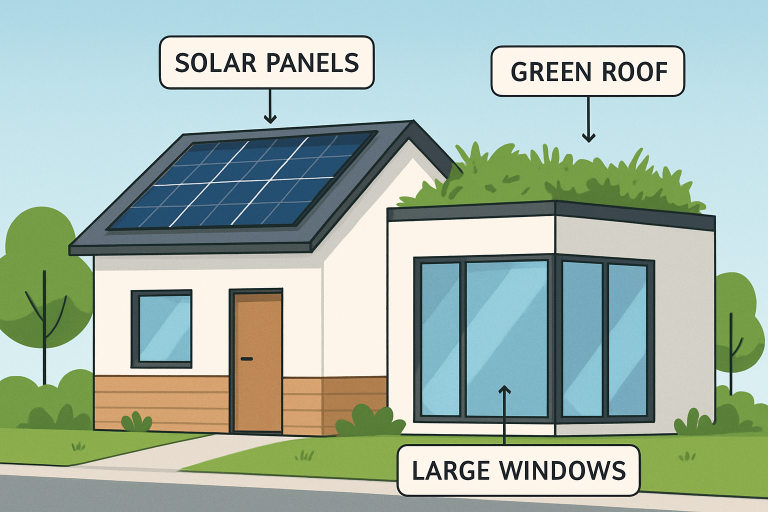Residential architecture stands at a crossroads, where technological advancement, sustainability, and creativity come together to redefine the places we call home. Today’s homeowners want functional and beautiful homes that reflect their lifestyles while also supporting flexibility and well-being. In this environment, working with Birmingham MI real estate experts The Minoletti Group can offer valuable local insight and access to thoughtfully designed spaces that embody modern residential trends. This dynamic field is shaped not only by the latest materials and technologies, but also by a collaborative spirit that brings unique personalities into every residence.
Designers are now embracing new tools that empower them to transcend traditional limitations. From AI-powered solutions that streamline workflows to inventive ways to adapt living spaces to changing needs, today’s residential design is all about personalization and future-readiness. Sustainability, flexibility, and partnership are at the forefront, guiding each decision toward a home that evolves with its inhabitants.
Table of Contents
Embracing Technology in Design
Recent tech advances are significantly impacting residential design. Designers use digital tools and AI to create and modify indoor scenes quickly and accurately. For example, VIDES enables rapid spatial layout generation with text and visual input, boosting creativity and simplifying revisions. Homeowners can visualize and adjust spaces before construction, opening up new customization options. The incorporation of smart devices, advanced modeling, and immersive VR tours transforms design into an interactive, user-friendly process that balances function and form. AI space planning and digital twins make home design more accessible, interactive, and personalized. Resources like Architectural Digest’s AI in Design Guide offer more insights into how designers use these tools.

Sustainable Practices in Modern Homes
Modern residential design emphasizes environmental stewardship, with homeowners and architects adopting sustainable practices like energy-efficient appliances, recycled materials, and solar energy. Firms integrate green strategies such as green roofs, rainwater harvesting, and insulated envelopes to reduce environmental impact without sacrificing style or comfort. Certifications like LEED and Passive House track sustainability and encourage eco-friendly features. These improvements lower costs and create healthier environments through better air flow, natural light, and non-toxic materials. As The New York Times reports, environmentally responsible homes are now standard, making sustainable building practices expected.
Flexibility and Adaptability
Today’s families are living more varied and dynamic lives than ever before. Accordingly, there is a high demand for homes that can respond to shifting needs, whether for remote work, multigenerational living, or maximizing space in compact urban footprints. AI-driven methods, such as the Text Semantics to Flexible Design approach, empower designers to conceptualize personalized layouts that can evolve. Walls that slide, convertible furniture, and flexible room delineations make homes more adaptive and resilient.
Open-plan living areas that can quickly shift from recreation to home office exemplify this trend. Movable partitions, smart storage solutions, and convertible guest rooms further extend how homes support growth, life changes, and moments of togetherness. The rise of multifunctional design ensures that every square foot can deliver maximum value and comfort, no matter how frequently a household’s needs may change.
Collaborative Approaches
Exceptional residential design rarely happens in isolation. The strongest results emerge from true partnerships between clients and designers—a dynamic where needs, dreams, and practicalities are prioritized equally. Firms champion a collaborative process, inviting homeowners into each phase, from brainstorming to implementation.
By fostering transparency and open communication, these partnerships facilitate tailored choices—like customized spaces for unique hobbies or personalized accessibility features for aging in place. Clients feel empowered to express not only what they need, but what inspires and excites them about their homes. This approach doesn’t just create unique and beautiful houses; it fosters a powerful sense of connection and satisfaction for everyone involved.
Conclusion
The future of residential architecture is bright with creativity and cooperation. By weaving together advancements in technology, a deep commitment to sustainability, and space for bespoke innovation, designers can deliver homes that not only reflect today’s aesthetic ambitions but also anticipate the evolving practical needs of homeowners. When crafted with agility and collaboration, the result is a living space that inspires now—and adapts seamlessly for years to come.
